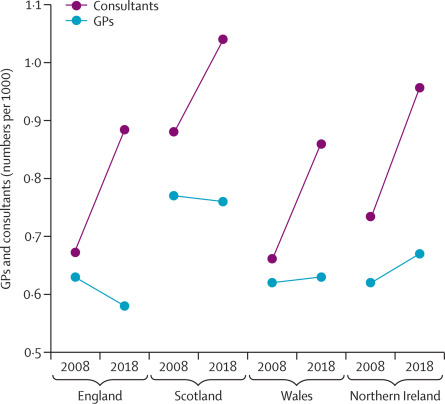There will be a lot of disappointment about the 4-week delay to the relaxation of Covid-19 control measures in England until 19 July that was announced today by the Prime Minister. But it is the right decision. A delay of a few weeks allows more people to be fully vaccinated with two doses of a Covid-19 vaccine. The vaccination programme in the UK is progressing well; with 79% of adults in the UK having received one dose of a vaccine and with 57% who have received two doses. But this still leaves many adults unvaccinated, including some people in the 50+ age groups who are at highest risk of serious illness, hospitalisation and death.
The delta variant in circulation in the UK appears to be more infectious and more likely to result in an illness severe enough to require hospitalisation than other strains of SARS-CoV-2; and now accounts for the vast majority of Covid-19 infections. One dose of a Covid-19 vaccine is less effective in preventing symptomatic infection from the delta strain than other variants (e.g. 33% protection after one dose for the delta variant v. 88% for alpha variant based on data from Public Health England). Two doses still provides good protection (81% protection against the delta variant v. 88% protection against the alpha variant for symptomatic infection, with even greater protection against hospitalisation), which is why it is essential to increase the number of fully immunised people before relaxing control measures. Delaying the relaxation of lockdown measures allows time for the NHS to proceed further with its vaccination programme.
We have seen around a 50% increase the in the number of cases of Covid-19 in the UK in the past week. The positive news is that hospital admissions, although increasing, are at a low level; and that deaths have changed little, remaining at a very low level compared to January 2021. This suggests that vaccines are protecting against more serious illness and confirms the need for eligible people at obtain their Covid-19 vaccination as soon as possible.
In the longer term, a high level of vaccination in the UK population offers the best route to a more normal society and an end to Covid-19 restrictions. This requires giving the NHS – in particular, general practices and pharmacies – the support they need to deliver vaccinations. If possible, the government also needs to increase the supply of vaccines; particularly the Pfizer and Moderna vaccines as these are the ones used in younger people who now comprise the majority of the unvaccinated adults in the UK. It’s also essential to address “vaccine hesitancy” to ensure that vulnerable, older people who have not yet attended for their vaccination appointments do get vaccinated to protect themselves and others. These actions will allow the NHS to meet the government’s updated target of offering all adults a Covid-19 vaccine by 15 July, as well as increasing the number of people who have received two doses of vaccine.
